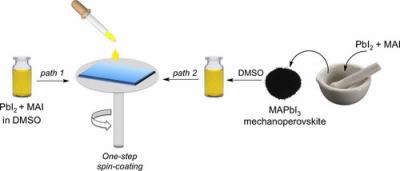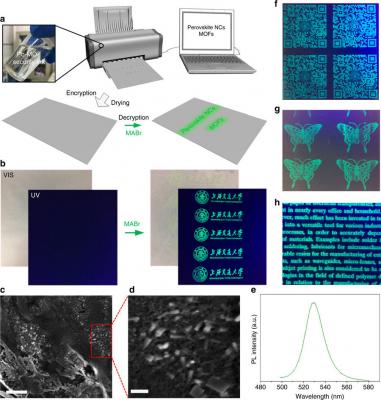EPFL and IPC PAS collaborate to create improved perovskite solar cells via mechanochemistry
A research team from the Institute of Physical Chemistry of the Polish Academy of Sciences (IPC PAS) in Warsaw and the Ecole Polytechnique Federale de Lausanne (EPFL) in Lausanne (Switzerland), co-operating within the GOTSolar project, has demonstrated a perovskite solar cell with a significantly smaller number of structural defects. The unexpected improvement of the photovoltaic performance was observed when perovskites produced by mechanochemistry were used for the construction of a typical photovoltaic cell.

The group from IPC PAS (Warsaw University of Technology) was the first to demonstrate that polycrystalline halide perovskites (CH3NH3)PbI3 can be produced in mechanochemical reactions. Recently, the group presented the mechanochemical production of mixed perovskites, those in which several different types of ions alternate in position A. This is an important achievement, because by carefully altering the chemical composition of the perovskite materials, they can be adapted to specific applications in photovoltaics, catalysis and other fields of science and technology.


